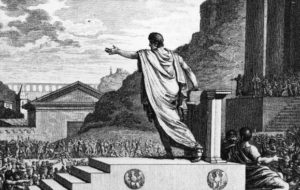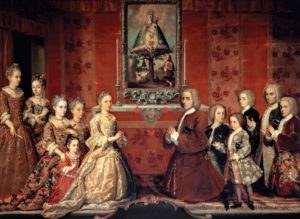Ancient Roman Rights: In ancient Roman time, the concept of Equality was absent. Women were treated as inferiors. Aristocrats ruled the society. Slave trade was booming during that time.

There were different rules for different sections of the society. As the written laws were absent, the legal judgments lacked transparency.
Ancient Roman Rights
The authority to deal with the cults was given to the priests and the people elected from noble Patrician class by the King.

The cases involving a dispute between the Patrician class and the plebian class always lacked transparency. People were unaware of their rights. If anybody tried to understand them, he was suppressed.
Roman Class Structure
In ancient Roman class, men and women were treated differently. Women were not fortunate enough to receive higher education. They were not given the best positions in the society.

These rights were reserved for men exclusively. However, women of all the strata of the society shared one overwhelming and pervasive role and responsibility, that of child bearer.
Reserved Rights For Girls
Girls were married at a very younger age, approximately 12 years old. Ancient Roman society wanted a male child and because of this, the women were expected to get pregnant many times, irrespective of their poor health.

They were not given the choice of having babies or not and they were not powerful enough to overrule their husbands. Infertility was not at all accepted and as a result, it was a ground for divorce. However, women from lower sections of the society were allowed to work to support their families financially.
With the fall of King’s authority in Rome, new laws came into existence which was based on custom and the judgments of the court and hence transparency was established. People became more aware of their rights in the society.
First Low of Roman Republic
In the Republic, the first laws were collected by a council of ten members who wrote them onto twelve tables which were published. Children were taught about these twelve tables and other concerned laws in the schools.




